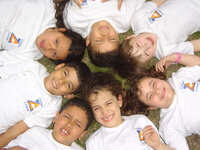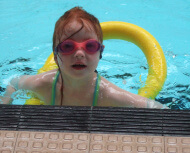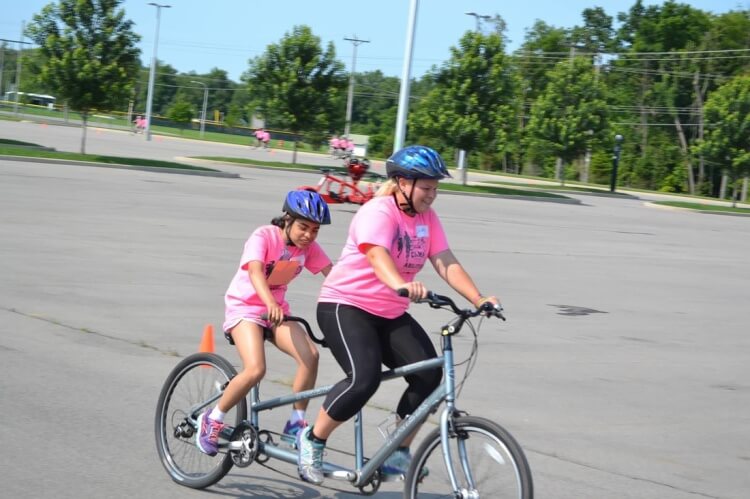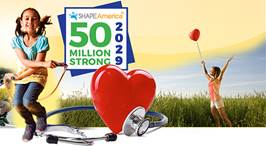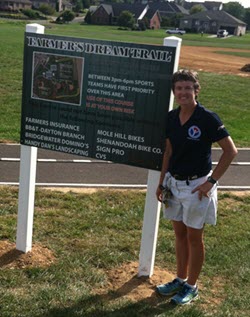Last April (2015) I authored an article, “Principles and Axioms for Effective Coaching of Fitness and Conditioning.” This article is a second installment of coaching axioms regarding the teaching of skills and technique. The objective of this article is to share some of these basic principles for teaching motor skills, with the ulterior motive of making you think deeply about how you are coaching your particular sport. I consider the below axioms to be self-evident and, quite frankly, common sense. Furthermore, they follow well-researched and professionally accepted methods of teaching sports skills.
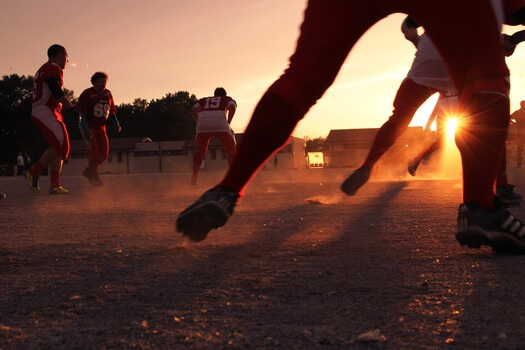
These axioms are all about getting the most out of your teaching and having your athletes learn their skills better, faster, and with greater retention. Like last year’s article, they are presented to you axiomatically so that you can see and relate to them in simple terms.
“The more times an athlete does a skill, the better he or she will be at it”
This axiom was first taught to me by one of my college physical education professors. Simply put, “The more you do it, the better you will be at it.” This is even true if one learns a skill with slightly incorrect technique. An athlete who incorrectly performs a skill such as shooting a basketball or hitting a golf ball will become adequately competent at this skill if he has practiced it thousands of times. You see this all the time at the middle and high school levels.
